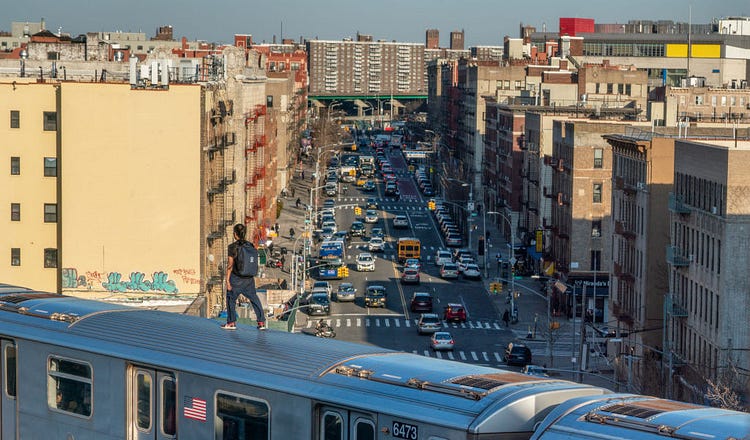The Boys Who Surf Subways

A subway surfer rides the 5 train on March 16, 2023, in the Bronx. (David Dee Delgado via Getty Images)
There is something worth admiring in the reckless kids who stand on top of moving trains.
528
In early August, a riot broke out in New York City’s Union Square: thousands of kids, mostly from the outer boroughs, threw smoke bombs, lit fireworks, broke windows, stomped on cars, and climbed street poles. They were in full break-shit mode.
When I saw it happening on my iPhone, their age struck me. Pubescent, with smooth faces, maybe a splash of acn…
Continue Reading The Free Press
To support our journalism, and unlock all of our investigative stories and provocative commentary about the world as it actually is, subscribe below.
$8.33/month
Billed as $100 yearly
$10/month
Billed as $10 monthly
Already have an account?
Sign In


